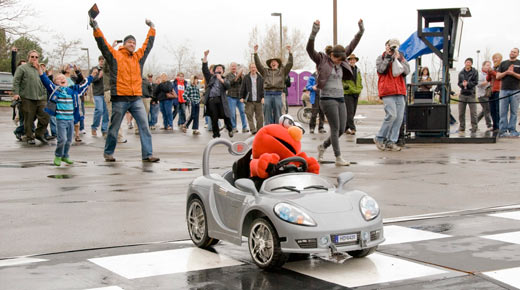While we may happily trust the technology of driverless cars,
it’s important to remember that control charts are never driverless.
Credit: SparkFun Electronics
If you get off the highway and take an alternate route when traffic slows to one lane, you are making a prediction. Likewise, if you decide to invite someone to dinner, that too is a prediction. The scientific method? Predictive in nature. Every time you make a decision, you are making a prediction of an outcome, and choosing one over another based on this prediction.
|
ADVERTISEMENT |
Prediction skills become second nature because of this daily application. These predictions may not be based on data or evidence, but involve some subjective guess about a preferred outcome. In the case of choosing a traffic route or a dinner date, it’s clear that not much data are involved. The decision involves subjective interpretations, intuitive hunches, and guesses about potential outcomes.
Will data analysis really enhance prediction accuracy? There are no guarantees without adding a certain amount of understanding of data, of variation, and of process performance.
…

Comments
Great points!
You make some great points...I always tell managers that the control chart only shows them what is likely to happen--if nothing changes. "Unless something unusual happens, your process measure will probably continue to run between [lower limit] and [upper limit], and closer to [centerline] than farther away."
Add new comment